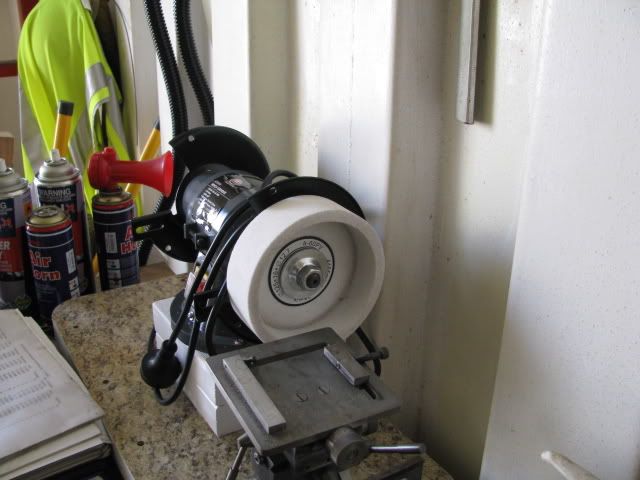Maryak
Well-Known Member
- Joined
- Sep 12, 2008
- Messages
- 4,990
- Reaction score
- 77
Hi Guys,
I was lucky enough to find a copy of Harold Hall's Book on Milling in our local library. The last chapter shows how he adapted his grinding rest into a simple Tool and Cutter Grinder. There must be considerable interest in our hobby in this council area as this is the second book in the Workshop Practice Series I have found in 2 of the library's branches.
Having made Harold's Grinding Rest some 3 years ago and fitted it to my existing bench grinder, I was never completely happy as I was trying to do too much with one machine and everything became too much trouble, (sharpening drills, sharpening end mills, grinding lathe tools and offhand on the other wheel).
Don't quite know why the Gods smiled on me but I found a 125mm Bench Grinder for $AU25.
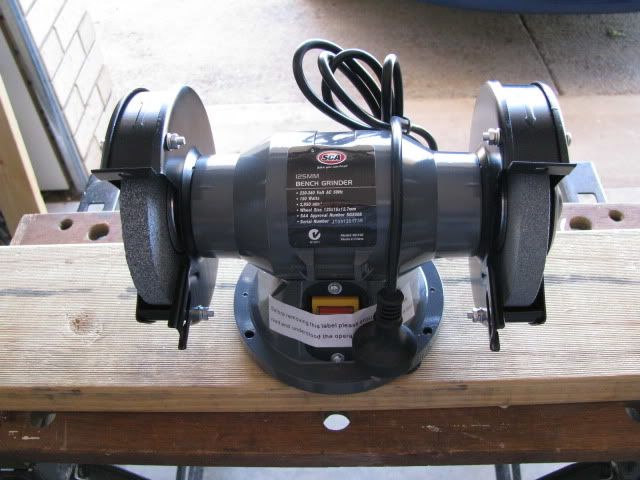
The cut out from our kitchen sink - I knew it was good for something...........just not sure what. :
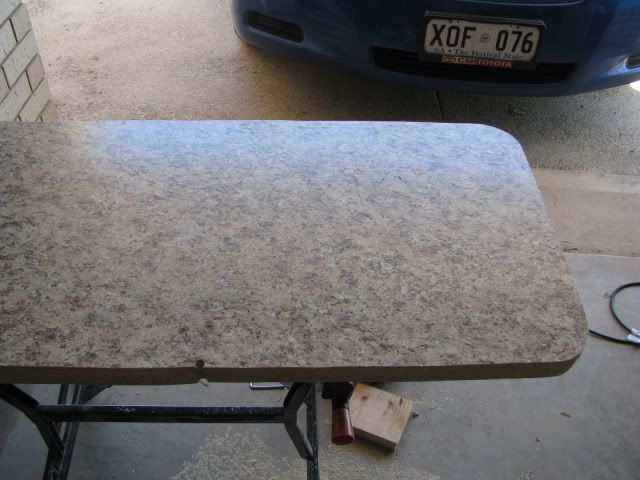
Cut it up and finished with a base for the Grinder.
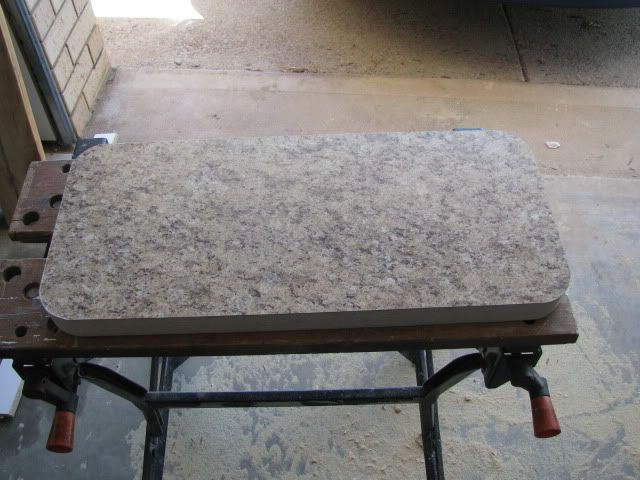
This plus a visit to a house being built nearby provided the materials for mounting the bench grinder and matching the centre height to the Grinding Rest.
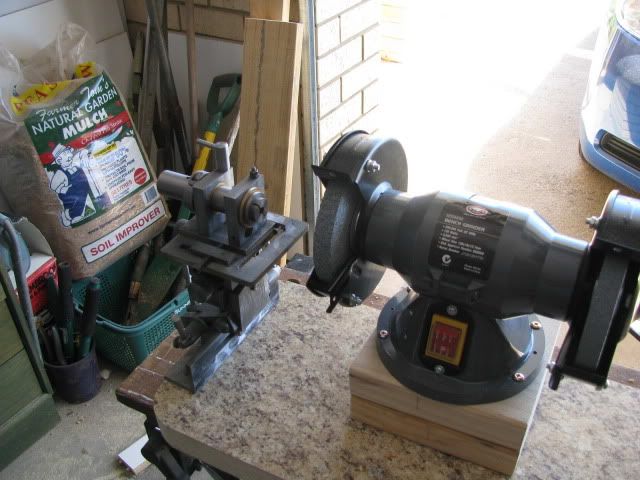
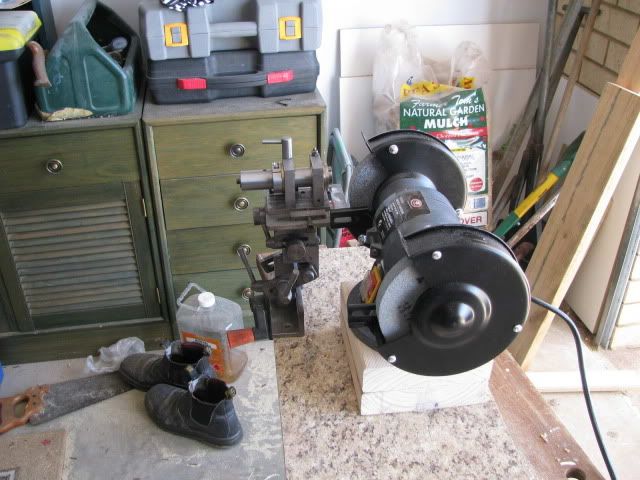
A few mods to the grinder, fit a cup wheel and a dish wheel and I should be good to go when the paint has dried.
Best Regards
bob
I was lucky enough to find a copy of Harold Hall's Book on Milling in our local library. The last chapter shows how he adapted his grinding rest into a simple Tool and Cutter Grinder. There must be considerable interest in our hobby in this council area as this is the second book in the Workshop Practice Series I have found in 2 of the library's branches.
Having made Harold's Grinding Rest some 3 years ago and fitted it to my existing bench grinder, I was never completely happy as I was trying to do too much with one machine and everything became too much trouble, (sharpening drills, sharpening end mills, grinding lathe tools and offhand on the other wheel).
Don't quite know why the Gods smiled on me but I found a 125mm Bench Grinder for $AU25.

The cut out from our kitchen sink - I knew it was good for something...........just not sure what. :

Cut it up and finished with a base for the Grinder.

This plus a visit to a house being built nearby provided the materials for mounting the bench grinder and matching the centre height to the Grinding Rest.


A few mods to the grinder, fit a cup wheel and a dish wheel and I should be good to go when the paint has dried.
Best Regards
bob





